Warm LED light: is 1800K, 2200K, or 2700K better?
- 27 Feb, 2025
- Home , Shopping guides
- 0 Comments
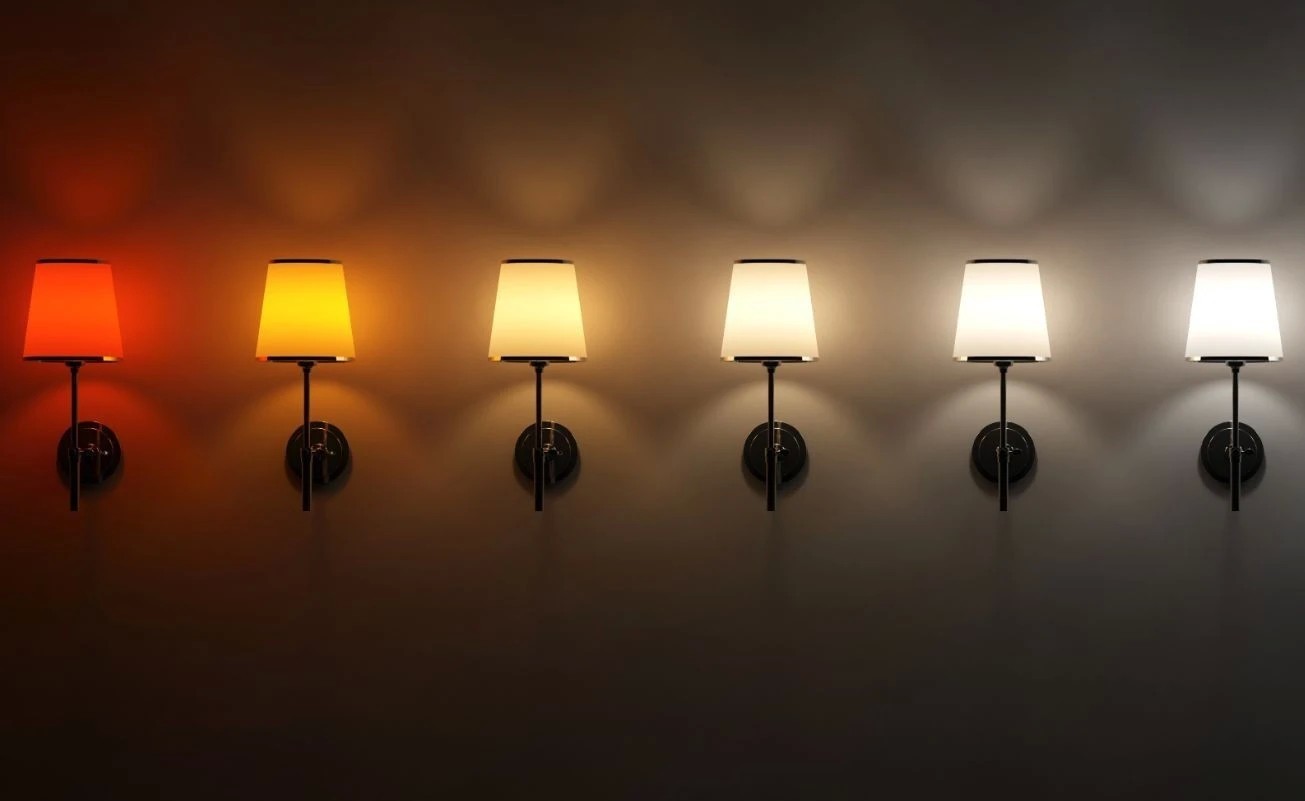
Choosing the right shade of soft LED light is essential to enhance the environment and not strain your eyes.
Light colour temperature (hue) is a distinguishing characteristic of different light sources and is measured on Kelvin scale (K). It is the Kelvin value that describes whether a light bulb will emit cold or soft LED light (find out the difference here) and it allows us to create the perfect atmosphere while reducing eye fatigue. But if our choice is a soft light bulb, what is the best shade among 1800K, 2200K and 2700K?
How many Kelvins does a warm white bulb have?
Soft light is light whose temperature goes up to 3300K, which is rather low considering there are other bulbs whose temperature is around 6500K. This type of light includes not only white tones, but also yellow and orange tones. Below 2700K is considered a very warm light: for example, a candle flame emits a light with a temperature of about 1000K, producing orange and red glows. This is a basic diagram:
-
Soft light: up to 3300K, it has yellow and orange hues.
-
Bright White: between 3300K and 4500K, it’s similar to daylight.
-
Daylight: over 4500K, with extremely white tones.

When to choose a soft LED bulb?
Warm LED light is ideal for living rooms, bedrooms and spaces dedicated to relaxation. It's no coincidence that it's the most used light in the home, especially in areas where you want to create a cozy and pleasant atmosphere. It relaxes, warms the environment and makes everything more comfortable. In some cases it is also used in offices or studios because, if well dosed, it is less tiring on the eyes and is perfect for environments where you spend a lot of time.
What temperature to choose for a soft LED bulb?
The choice depends on the environment and the desired effect. Here is a practical guide:
1800K - Soft, romantic effect
-
Shade: red, orange, smoky
-
Ideal for: pubs, bars and decorative vintage lamps
2200K - Cosy and intimate atmosphere
-
Shade: warm yellow, similar to candles
-
Ideal for: lounges, living rooms, bedrooms and relax areas
2700K - The classic
-
Shade: warm white with golden hues
-
Ideal for: restaurants, kitchens, bathrooms, studios and modern spaces
What about 3000K light? Although it’s still considered a soft light, it has less golden and more neutral tones. It may be suitable for kitchen and bathroom areas, but for those who prefer a warmer and cosier light, the best options still remain 2200K and 2700K.
Can different colour temperatures be combined?
Absolutely. Playing with different shades of light in a room is like mixing the ingredients of a perfect cocktail: the right balance of warmth and brightness can transform any space into a unique visual experience. For example:
-
In open space rooms, you can use 2700K for the dining area and 2200K for the lounge area.
-
In offices, the combination of 3500K for the workstation and 2700K for relax areas promotes efficiency.
-
In restaurants and bars, shifting between warm and neutral lighting can emphasize the furnishings and make the environment feel more inviting.
The colour temperature of LED light is an essential element in creating the right atmosphere. 1800K, 2200K or 2700K light? The choice depends on the needs, the style and the function of the room.
You must be logged in to post comments


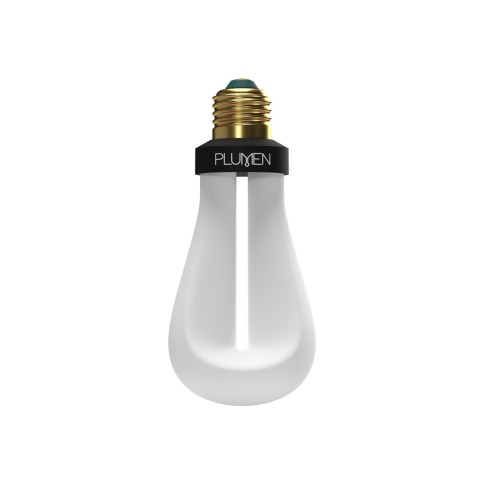
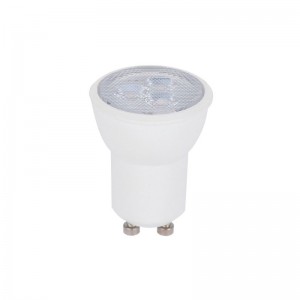
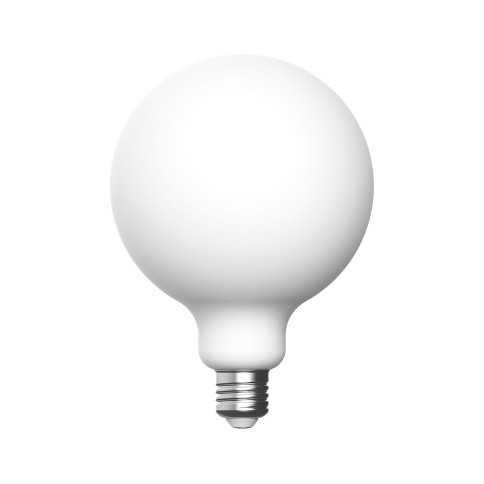

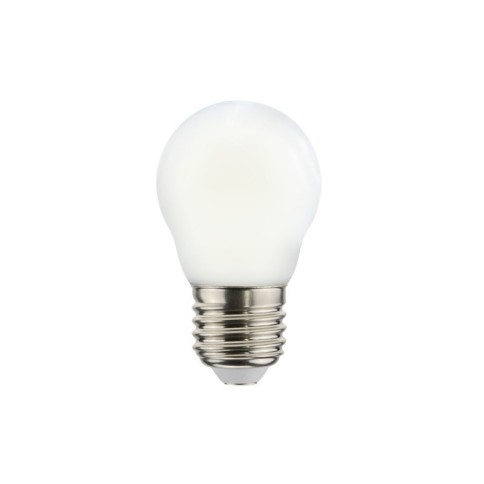
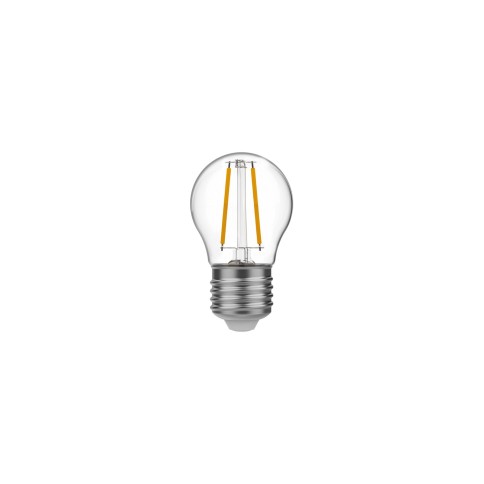



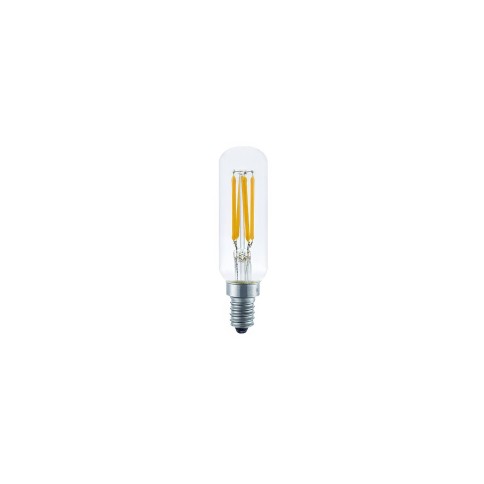
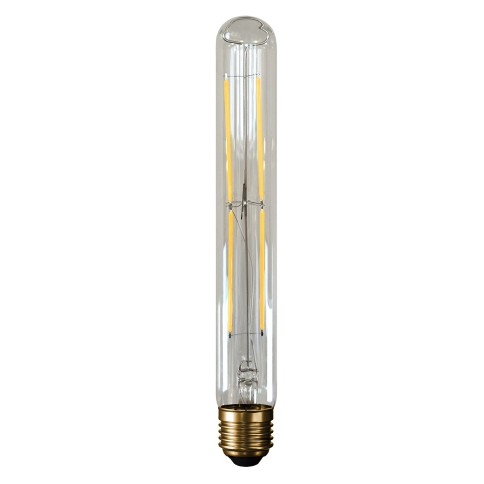
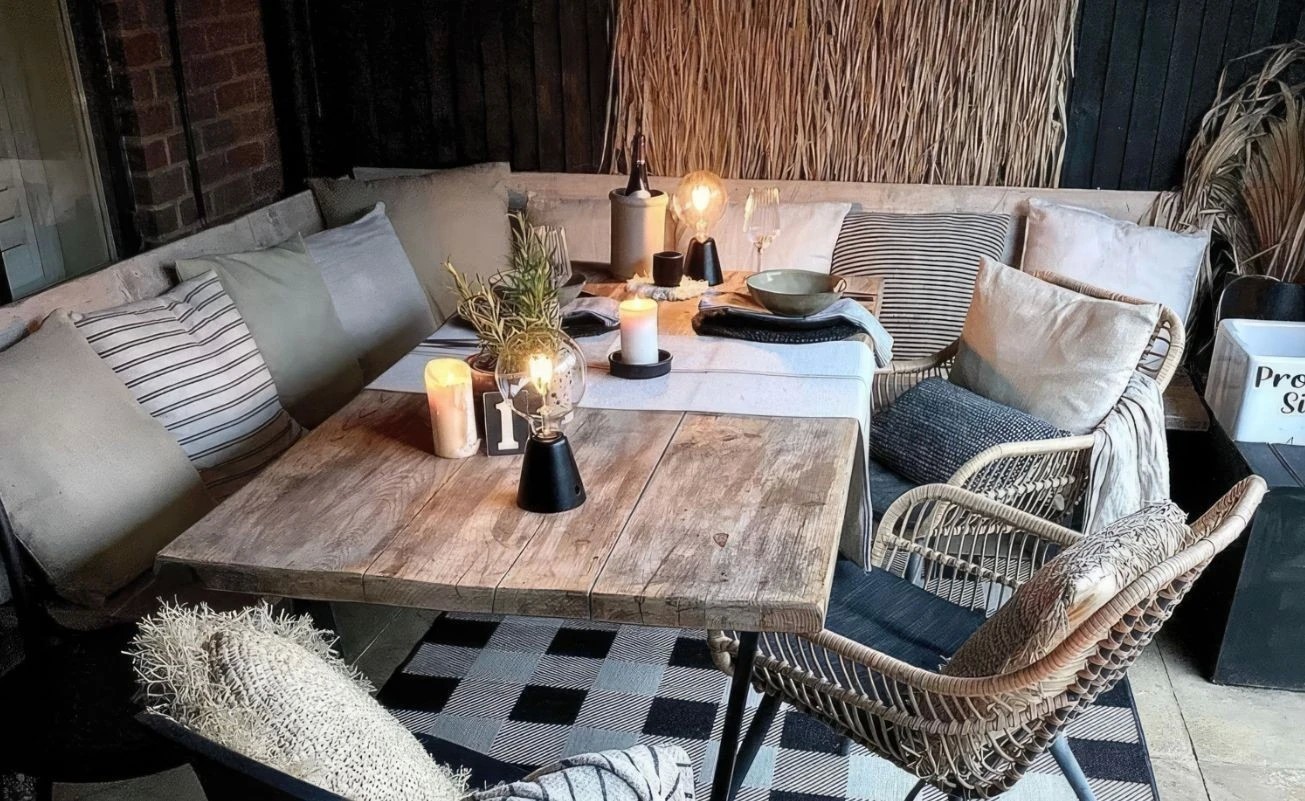
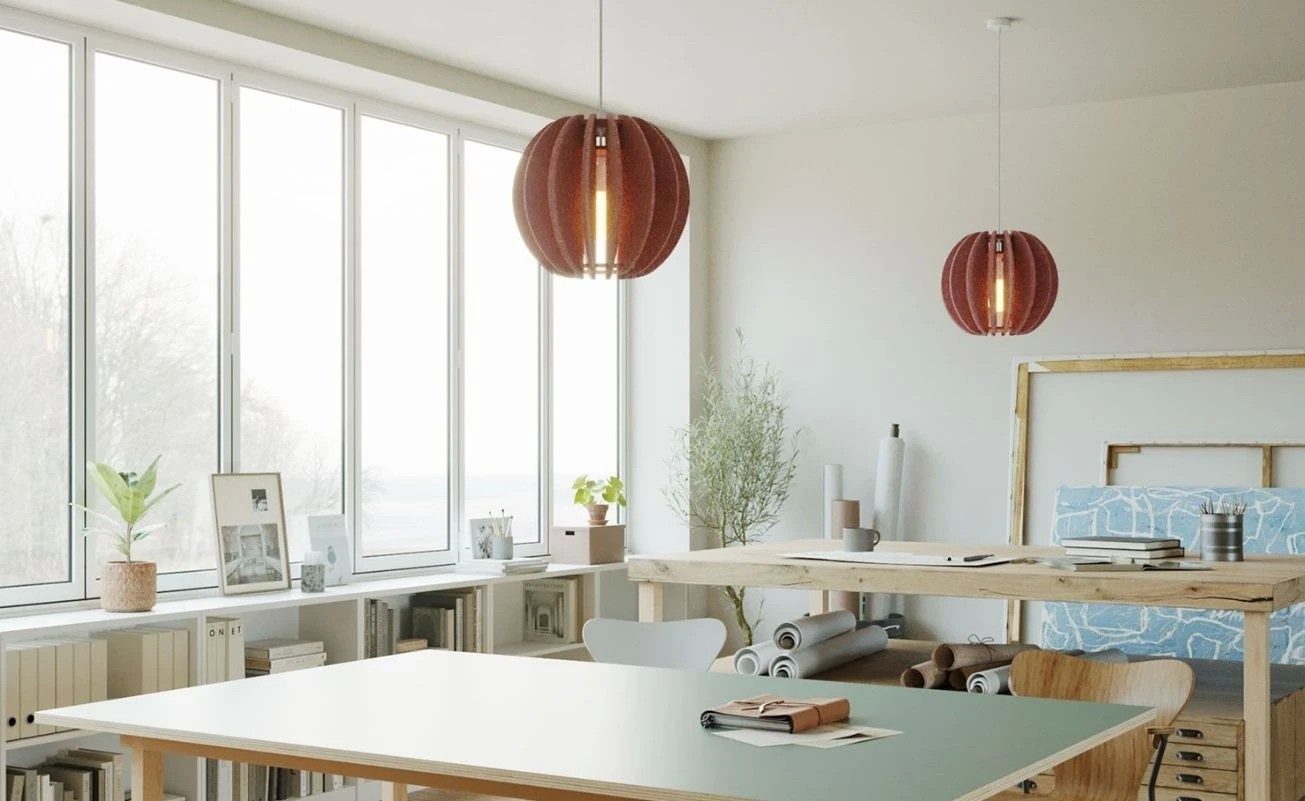
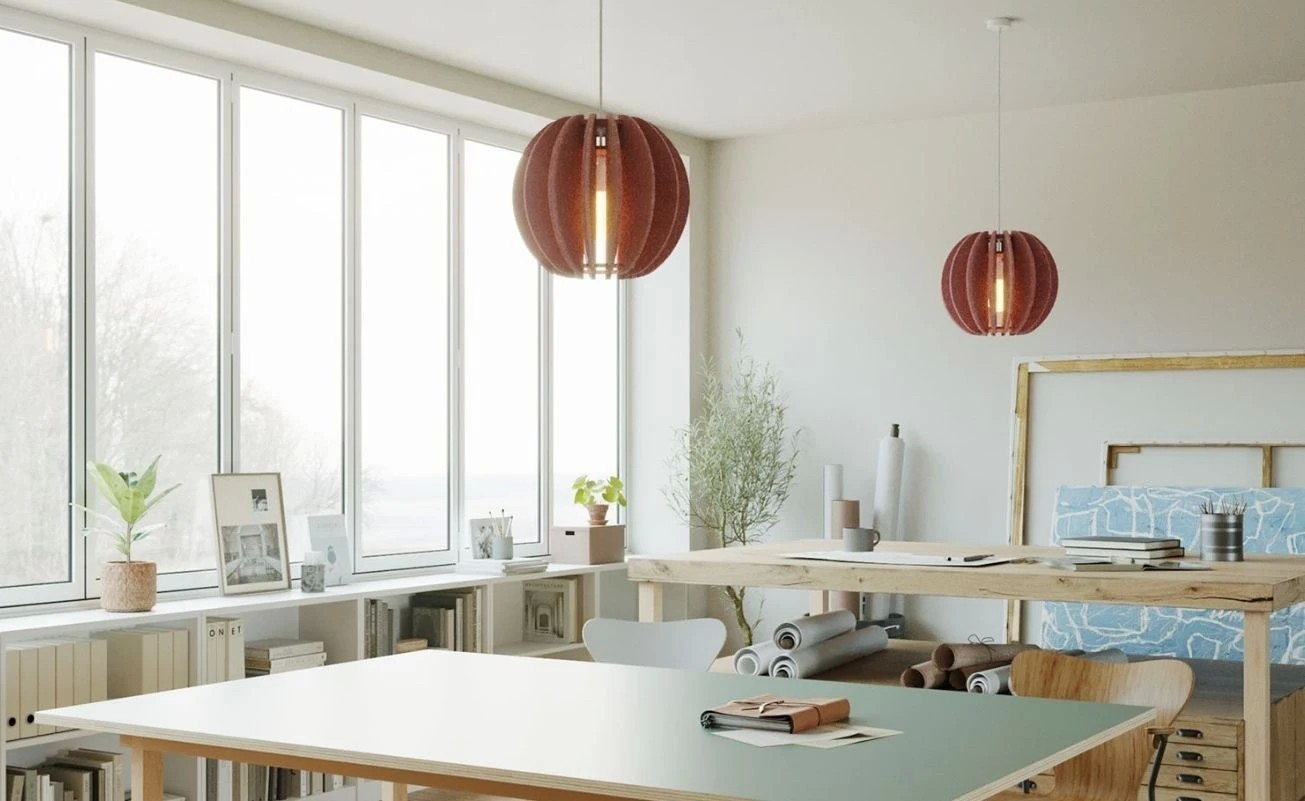
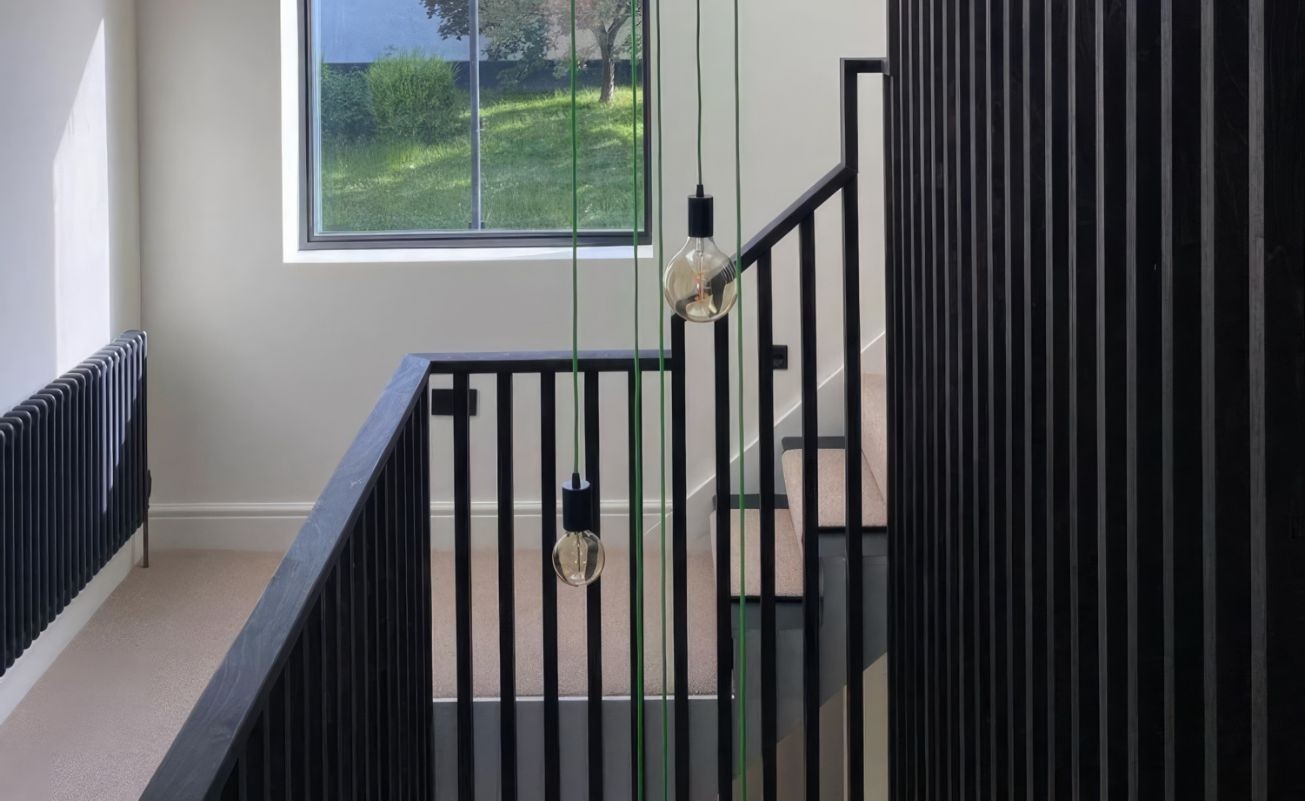
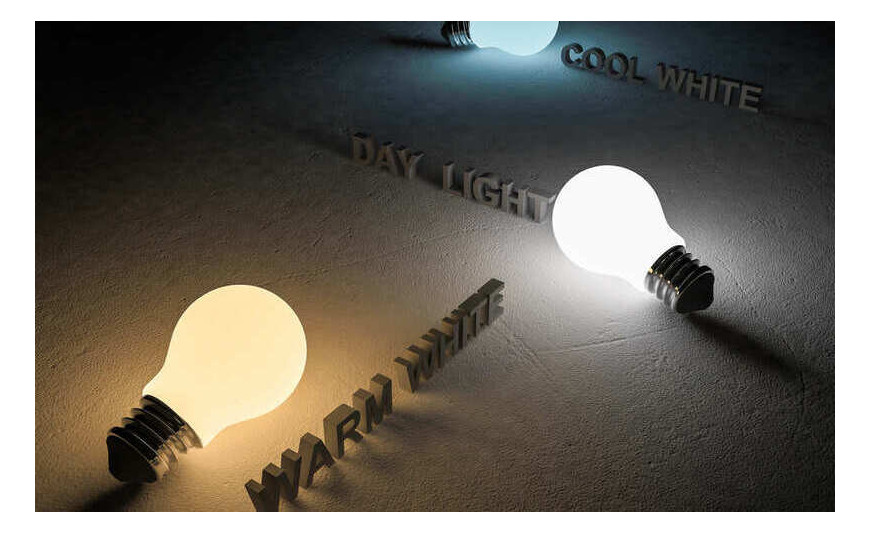
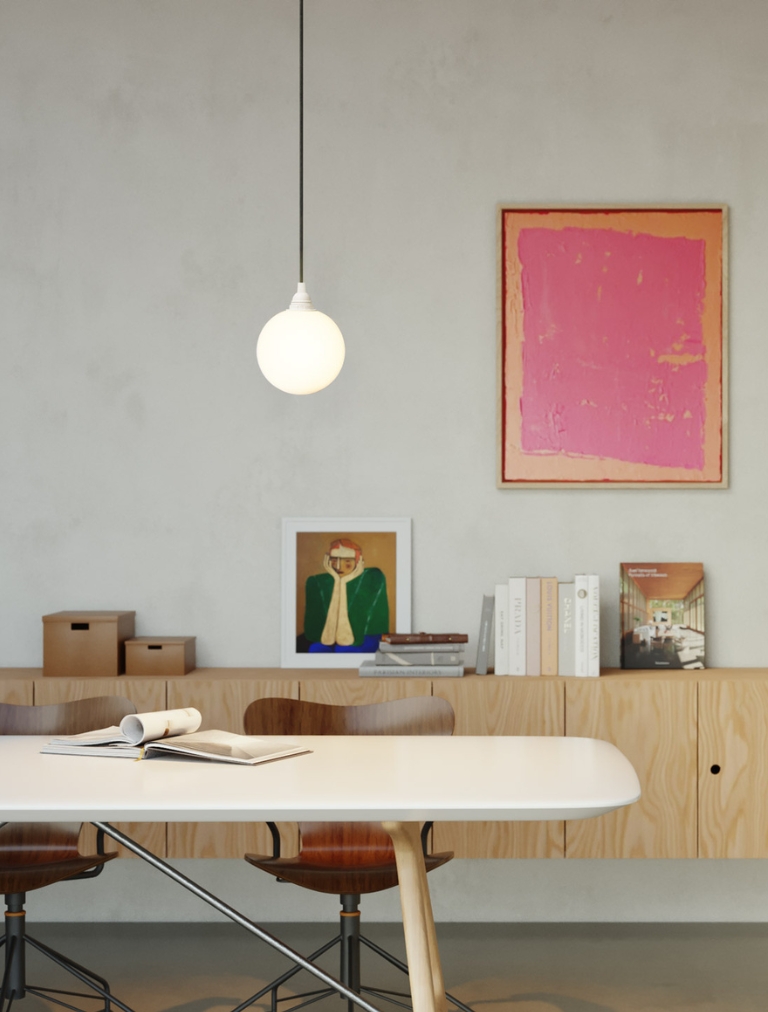
0 Comments